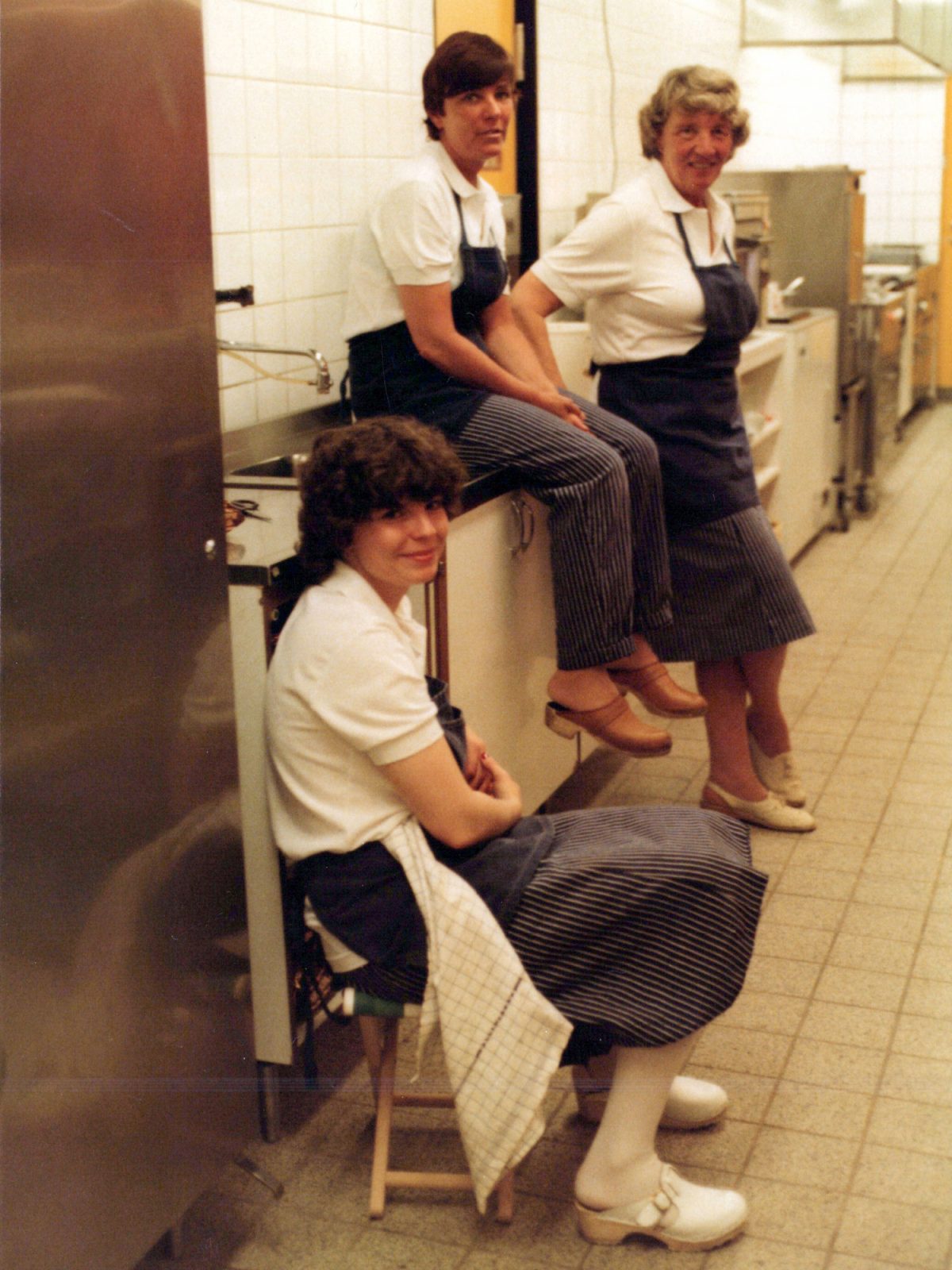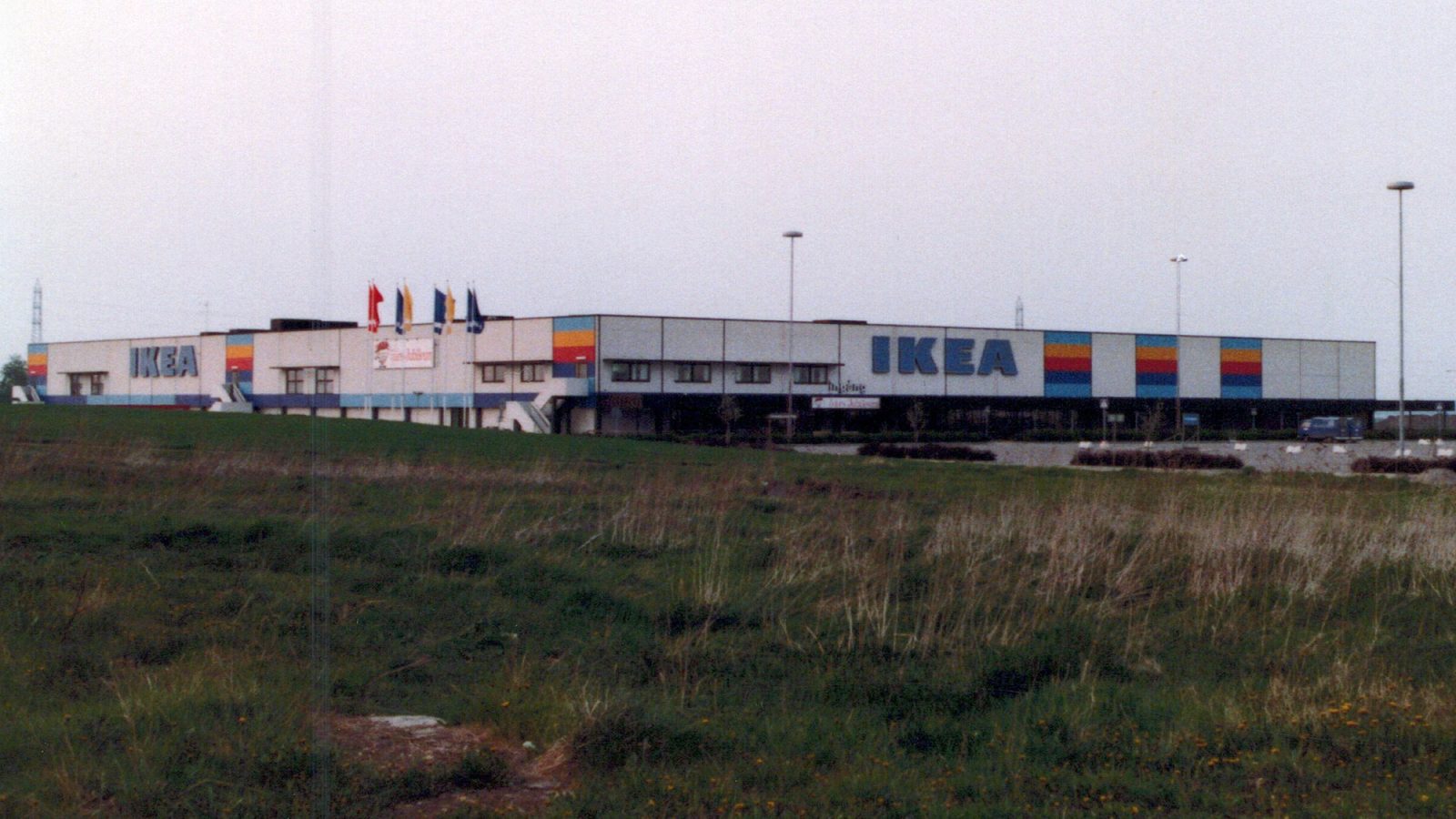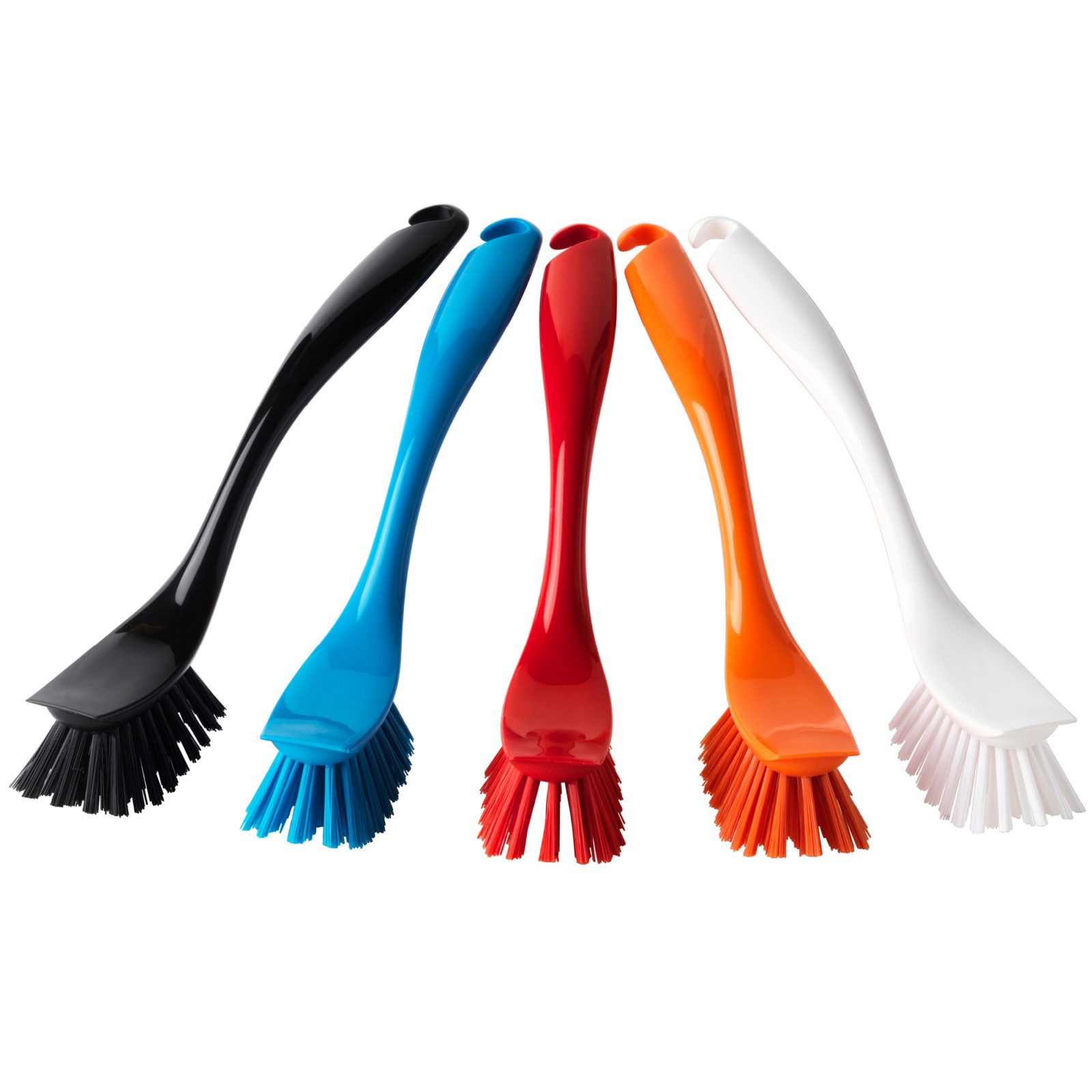In the late 1980s, IKEA started selling hot dogs at a few of its stores in Sweden. And how did that come about? After almost 40 years, many of the people involved don’t remember that time too clearly – but Chatarina Berglund from Mjölby does. In 1983, she was working her third consecutive summer at IKEA. It was a warm summer and she was staffing the ice-cream bar near the checkouts. There were long queues all day long, and suddenly someone asked, “Do you only sell ice-cream? No hot dogs or anything?”
Do you speak hot dog?
A hot take
How many brilliant ideas can you get thinking about hot dogs? Quite a lot as it turns out. In the mid-1990s, IKEA realised that the hot dog was a great symbol for good quality at a low price. That may be a lot to expect from a humble sausage, but it became an important piece of the puzzle in thinking freely and innovatively when it came to product development. But let’s start at the beginning, when a hot dog was just a simple hot dog.


That gave Chatarina an idea. “I was quite shy and inexperienced, but on my evening break I went to the restaurant manager, Lars Eriksson,” she says. Chatarina asked if she could take a few frankfurters and buns from the restaurant down to the ice-cream bar and see if they would sell. Lars was uncertain, but the next day he came along with a shopping trolley containing a small portable stove, a saucepan, a bag of hot dog sausages and some buns. And mustard and ketchup, obviously.
Testing in progress
Chatarina felt inspired and energised. It meant a lot that her idea was taken seriously and she was entrusted to try something new. “The hot dogs all sold out, and the next day, happy and proud, I went back to the restaurant to stock up again.”
“In Linköping it was definitely the co-worker’s idea that got us selling hot dogs.”
A week later, restaurant manager Lars caught up with Chatarina and handed her a white envelope. It was a cinema ticket to thank her for her commitment and inventiveness. “That was a great boost for me as a 20 year old! Lars ordered a lot more hot dogs, and the hot dog bar was eventually refurbished and given a bigger stove.”
The former restaurant manager remembers Chatarina and her hot dogs well. “I can’t say for certain that someone at another IKEA store didn’t have a similar idea around the same time, but in Linköping it was definitely the co-worker’s idea that got us selling hot dogs.”

Hot dog explosion
It’s not quite clear how hot dog sales expanded across IKEA in Sweden, but both the Linköping and Jönköping stores sold huge numbers of them in the late 1980s. Jönköping was inspired by the Danish model and served the sausages on paper trays. But Ingvar Kamprad was not keen on that idea, and preferred IKEA to sell classic Swedish hot dogs in a bun. He insisted that an IKEA hot dog should cost far less, even half as much, as one you would buy from a hot dog stand in the city.
People should be amazed at how affordable it was, and how delicious. And it couldn’t be just any old sausage, this had to be a frankfurter-quality sausage. It should be the perfect way to end a visit to IKEA. However you were feeling among the sofas and saucepans, you always had a hot dog to look forward to at the end of it – for just fifty cents. Not one euro, and definitely not one euro twenty cents.
Ingvar wouldn’t budge whenever some crafty management group tried to raise the price even a little. “Forget it!” he would bellow when he heard such nonsense.
Low prices with meaning
The idea of having a far lower price for a product that most people knew the price of was crucial, and while the hot dog offer was being developed, the hot dog itself came to symbolise the whole IKEA concept. Imagine if the price could also be reduced for other products that customers knew the price of, as they did with a hot dog.
“They should cost no more than the loose change in people’s pockets,” said Ingvar. They should be products like consumables, which people buy often and know the price of. IKEA should put all their energy into these ‘hot dogs’ and achieve almost impossibly low prices, by making the right choices in everything from materials to production techniques.
Ingvar was looking for a kind of hot dog mentality among his co-workers.
What Ingvar was looking for was a kind of hot dog mentality among his co-workers. And to communicate his hot dog metaphor, Ingvar did what he usually did – he wrote a letter, by hand, to the people he thought ought to be able to do something about the situation. In it, he established that the IKEA range was relatively ‘mediocre’ in terms of price. Imagine if IKEA could show how hard they were to beat when it came to good quality at low prices!
“We must start showing off the impossible IKEA!!! A nice big chopping board for a tenner (EUR 1) is definitely possible if we join all our great forces along the whole line,” Ingvar wrote, finishing off with a resounding, “A dozen or so new hot dogs would taste good!”




Hot dog coffee cups
Ingvar wanted his co-workers to look at what competitors were charging for coffee mugs, washing-up stands and plant pots. To look at the products people were already familiar with and knew the rough price of. This is where IKEA could really make a difference – offering frankfurter quality at a great low price.
As it turned out, the hot dog as a symbol of innovative thinking around product development worked rather well, and all kinds of products were developed. Still today, product developers can be heard speaking ‘hot dog’ when discussing their range.
Fond hot dog memories
The hot dog remained a firm favourite with Ingvar. So much so, that when he was made a Knight of the 12th Order of the Seraphim in 2004, the hot dog made an unexpected appearance in his acceptance speech. He told the attendant royalty and other dignitaries, “I would just like to add that a good frankfurter in a bun costs just five kronor (EUR 0.50) at IKEA.”
Chatarina Berglund also has fond memories of the hot dogs. Following that hot summer, she eventually moved on from selling ice-cream and hot dogs. Instead she spent her summer holidays and weekends while studying to be a teacher selling glass and porcelain at the IKEA Accenten department. But of course she enjoyed a hot dog and ice-cream with sprinkles on her lunch break sometimes.
“I’ve always told my children it was ‘me who invented the IKEA hot dog’. When I later read in a book about Ingvar Kamprad’s ideas about selling hot dogs at a low price, I thought it was a brilliant idea. Imagine if we’d ever met!”



